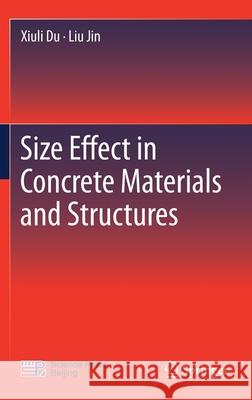Size Effect in Concrete Materials and Structures » książka
topmenu
Size Effect in Concrete Materials and Structures
ISBN-13: 9789813349421 / Angielski / Twarda / 2021 / 602 str.
Size Effect in Concrete Materials and Structures
ISBN-13: 9789813349421 / Angielski / Twarda / 2021 / 602 str.
cena 806,99
(netto: 768,56 VAT: 5%)
Najniższa cena z 30 dni: 771,08
(netto: 768,56 VAT: 5%)
Najniższa cena z 30 dni: 771,08
Termin realizacji zamówienia:
ok. 22 dni roboczych
Bez gwarancji dostawy przed świętami
ok. 22 dni roboczych
Bez gwarancji dostawy przed świętami
Darmowa dostawa!
Kategorie:
Kategorie BISAC:
Wydawca:
Springer
Język:
Angielski
ISBN-13:
9789813349421
Rok wydania:
2021
Wydanie:
2021
Ilość stron:
602
Waga:
1.03 kg
Wymiary:
23.39 x 15.6 x 3.33
Oprawa:
Twarda
Wolumenów:
01
Dodatkowe informacje:
Wydanie ilustrowane











